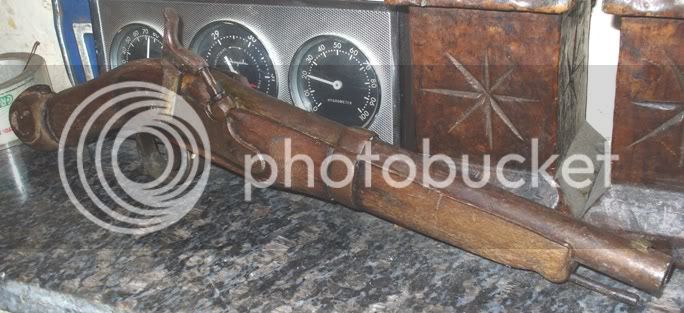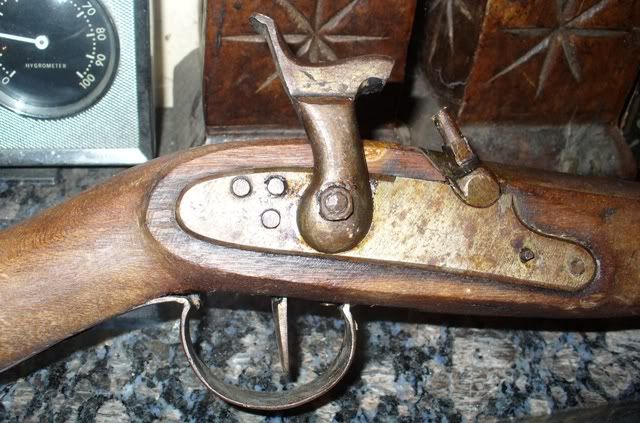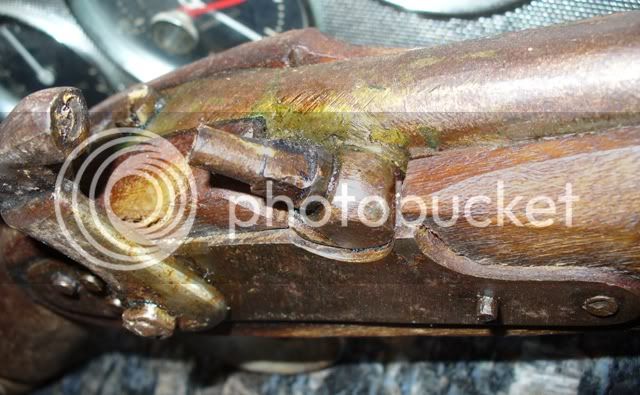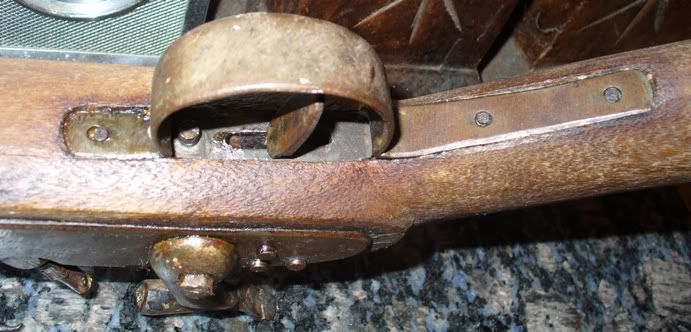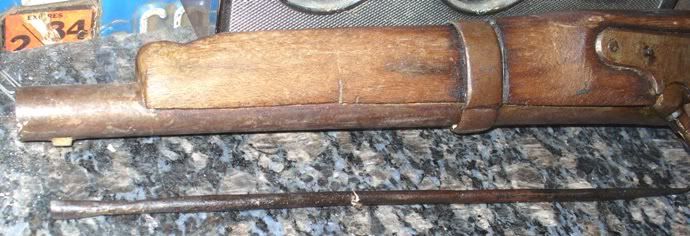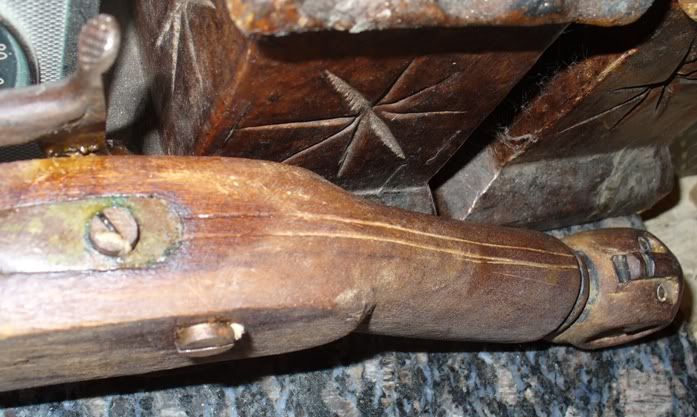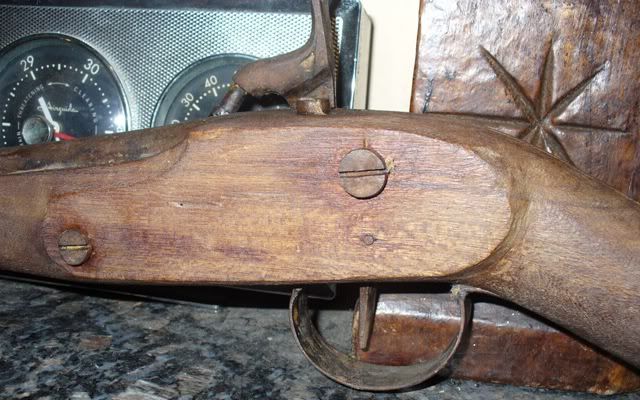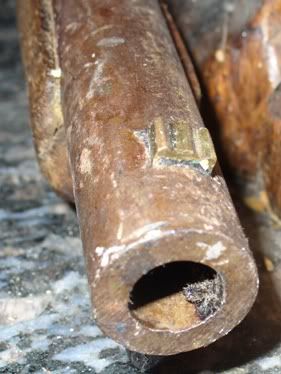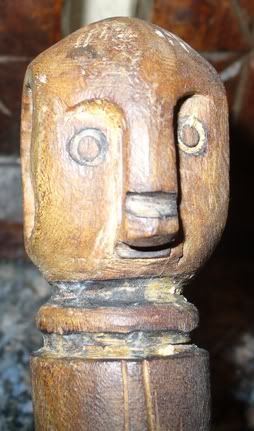While Connecticut whaling lasted from the 1600s to the 1900s, the most important period was from 1819 to 1860, and the heyday of Connecticut whaling was in the 1840s. During the nineteenth century, whaling ranked number three among New England industries, as only textiles and shoemaking involved more capital and employed more people. Eleven Connecticut ports sent out 358 vessels on 1,315 voyages from 1718 to 1913.....
....As the figures indicate, New London was the principal whaling port. In fact, of all the ports in the United States involved in whaling, New London was third in vessels and voyages. It ranked behind only New Bedford (806 vessels and 4,303 voyages) and Nantucket (364 vessels and 1,402 voyages). During the 1840's, at the height of whaling activity in the world, New London led all ports except New Bedford in vessels and voyages.
New London was responsible for a number of whaling highlights. It sent out the first American steam whaler in 1866, the Pioneer, a 235-ton vessel. New London had the largest American whaler, the Atlantic, a 700-ton vessel. Certainly one of the smallest also went out from that port, the 55-ton Shaw Perkins. With its four-man crew, it sailed to all parts of the world hunting whales.....
....Several New London whaling vessels were charged with being slavers. Since whalers went everywhere in the world a whaling vessel could undertake a number a tasks-legal or not. The Fame in 1845 carried 530 slaves to Brazil. In 1852 the British seized the Louisa Beaton as a slaver, but released it. Later, in 1858, the British seized it again for slaving, along with an unidentified New London vessel. The Laurens was seized in New London harbor after outfitting for what was suspected as a slaving voyage.
New London's whaling activity came to an end in 1909. The last New London-owned whaler, the Rosa Baker, was condemned at Port Stanley in 1900. A Norwich-owned vessel sailed in and out of New London port in 1908-1909, the Margaret.
Stonington was the second most important whaling port of Connecticut. The major whaling activity took place from 1822 to 1892, when fourteen agents sent out fifty vessels on 170 voyages.....
....Finally, two heavy blows hit the declining whaling fleet in 1871 and 1876. In 1871 some forty-five whalers entered the Arctic Ocean through the Bering Straits This was a common route to hunt whales with thick blubber from mid-summer to September or early November when the ice would form. The hunting went so well that thirty-nine vessels had an opportunity to get out when the ice broke up. Only seven vessels escaped, however, as the remaining thirty-two decided to stay and to continue filling their vessels. A second freeze locked all thirty-two in the ice.8 Fortunately, there were seven vessels in open water to the south. The thirty-two decided to abandon their vessels, cargoes, and equipment and make a two-day trek over the ice to the whale ships in open water. All were saved and reached the Hawaiian Islands safely, but the blow to the whaling industry was tremendous! .....
....A final blow came from the fleeing of the whales to the Arctic and Antarctic. Steam-powered iron and steel vessels were required to operate in the ice fields, and Connecticut's wooden sailing vessels could no longer compete. A fascinating period in Connecticut's maritime history ended in 1914 when the last Connecticut whaler dropped anchor in its home port.....
....Sperm whales could be found in tropical and subtropical waters.
